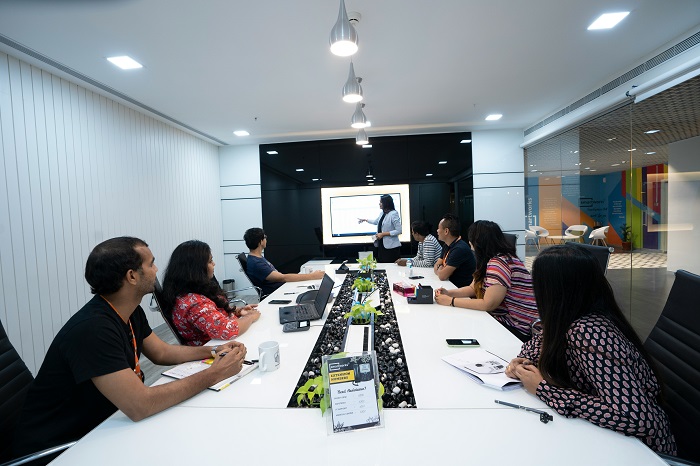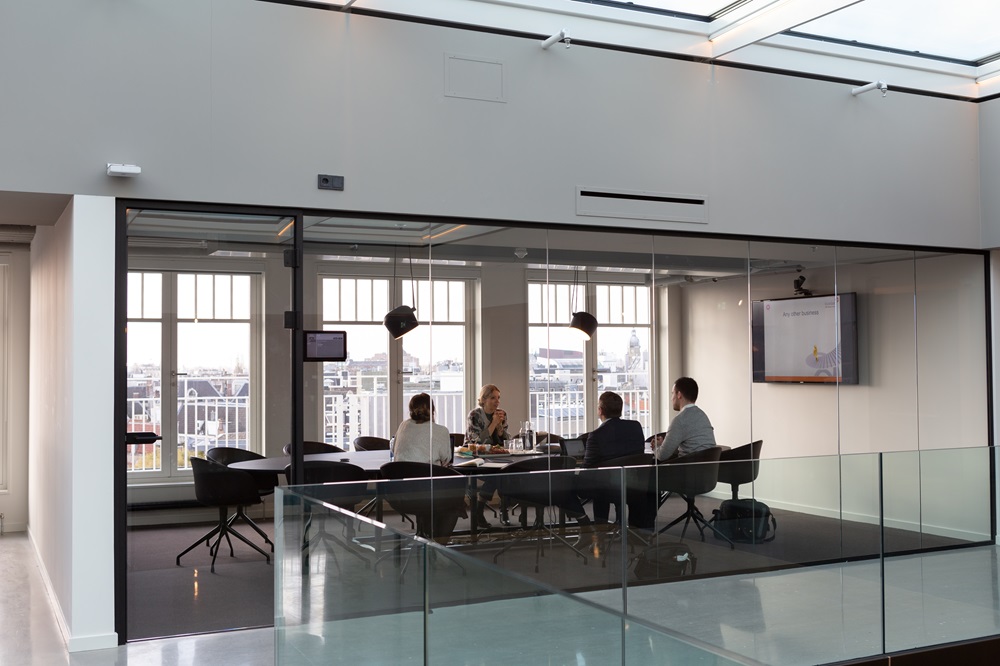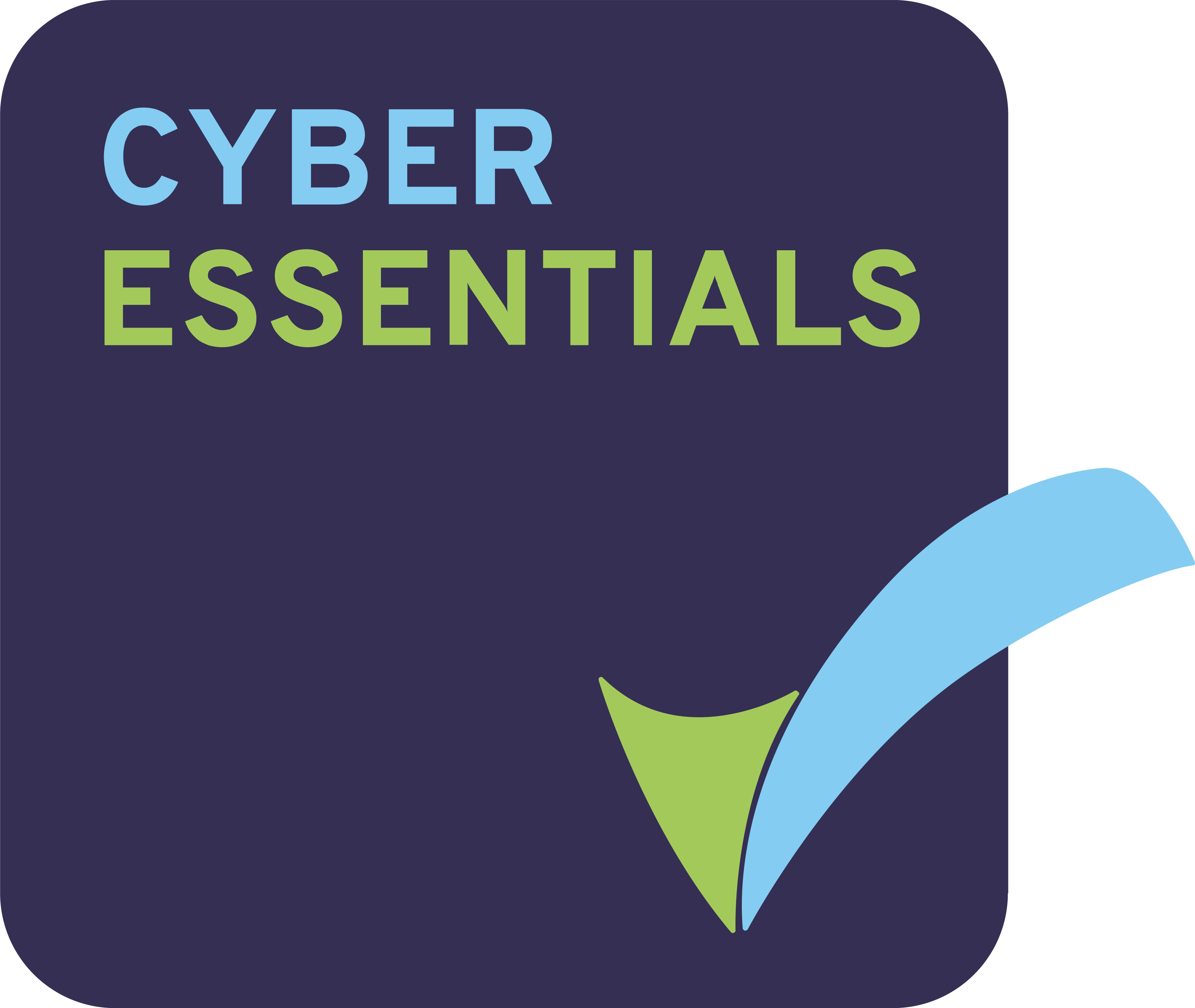Videoconferencing has been around for a long time, but the last two years has really changed our need for secure and flexible collaboration. Meet Simon Shaw, Head of Strategic Accounts here at New Era, as he reflects on his experience with videoconferencing over the past two years and gives us his view on trends.
What has been the biggest change you’ve seen?
MS Teams and similar solutions coming to the forefront of customer strategies to further enable hybrid working and worldwide collaboration across a range of personal devices. This has in turn pushed enterprises to adapt office environments to align with user expectations of being able to access any type of meeting simply and easily, regardless of whether they choose to be at their desk, or in a more traditional meeting space
There has also been a big shift to a ‘self-service first’ approach to collaboration amongst C-suite users for day-to-day business meetings, which emphasises now more than ever the need for simple, intuitive user workflows that align with already familiar processes and interfaces.
And what is the most exciting change you have seen in the world of UC and collaboration?
Videoconferencing and UC is now undeniably a truly business critical tool for hybrid working at all levels of an organisation both internally and externally. It has become central to how organisations operate and is unquestionably at the forefront of an enterprise’s digital strategy.
Changes aside, have you seen any trends amongst customers in the last two years?
How our customers are using and evolving their collaboration strategy has changed massively in the last 24 months. The use of MS Teams and similar platforms via desktops and devices has become dominant, with meeting spaces as participants, whereas previously the opposite was more than often the case. User expectation is that for a meeting room to be fit for purpose it must have video capability, with an acceptable level of audio and video performance, and cater for a user to access a meeting on any given platform.
What is the biggest opportunity videoconferencing has given businesses in the last 5 years?
As you would expect, the technology for videoconferencing has moved at a significant pace over the past five years, with the pandemic accelerating it even further. The biggest opportunity being the agility with which one can collaborate with colleagues, geographically diverse teams, and 3rd party organisations, whilst retaining all the visual cues that humans rely on to communicate effectively. This of course enables efficiency, mitigates risk, and saves cost, which are fundamentally what most enterprises strive to do operationally. It was not so long ago that videoconferencing was considered an executive privilege, needing a great deal of investment, and supporting services to fulfil user expectations. It’s great to be a part of an industry where the vision of ‘any device, any location, anywhere, for anybody’ has now become a reality.
What is something you wish all companies would consider when it comes to videoconferencing?
Above all else I would urge organisations to consider their end state, i.e. what ultimately needs to be delivered to their users, and then work backwards, considering the many aspects that need to be allowed to launch and successfully operate that service on an on-going basis, for example:
- End user experience and workflows
- All aspects of a solution from platform to network to AV
- Aligning the technology to user experience, not the other way around
- What resources are required to support and manage an effective self-service global solution
- How to implement common global standards simply and efficiently and at pace
- Using collaboration to support efficiency and environmental benefits
- Internal ownership of the service across multiple internal disciplines, with diverse skillsets and objectives
What are the next upcoming trends?
We will see the trend of worldwide collaboration grow. As organisations adjust to the ‘now normal’ there will be a big focus on how they use collaboration to support their business goals. In real terms this means more of the same. Systems that require less investment to deploy and support, are even easier to use, and that are accessible to all employees regardless of their choice of location or preferred device.
Have you changed your own behaviour when using collaboration solutions? What has been the biggest change for you personally?
As you would expect, I’ve long been an advocate of the technology amongst my immediate colleagues. The biggest recent shift in my behaviour has been the increased number of customer meetings that I now do on video rather than face to face. It’s now assumed that unless it’s absolutely required to be on customer site meetings are almost universally held over video. I’ve no doubt the pandemic has been largely responsible for this, however with restrictions for the most part starting to ease, I’ve not seen this trend reversing.
What is your top tip for organisations who are looking at collaboration in the next 12 months?
Speak to an organisation that is well versed in the varied customer approaches and requirements. One that also understands that a singular approach will not necessarily be successful from one organisation to another, and can align with an existing corporate strategy. One that is also experienced in the intricacies of deploying, supporting, and managing the technology across multiple manufacturers and platforms to help formulate an ultimately successful overarching strategy that is not purely focussed on the physical meeting space technology.
More information
Did you know that we can deliver your collaboration solution fit for hybrid working – based on your needs? You’ll find more info about our solutions here

 Australia
Australia Canada
Canada LATAM
LATAM New Zealand
New Zealand UAE
UAE United States
United States








